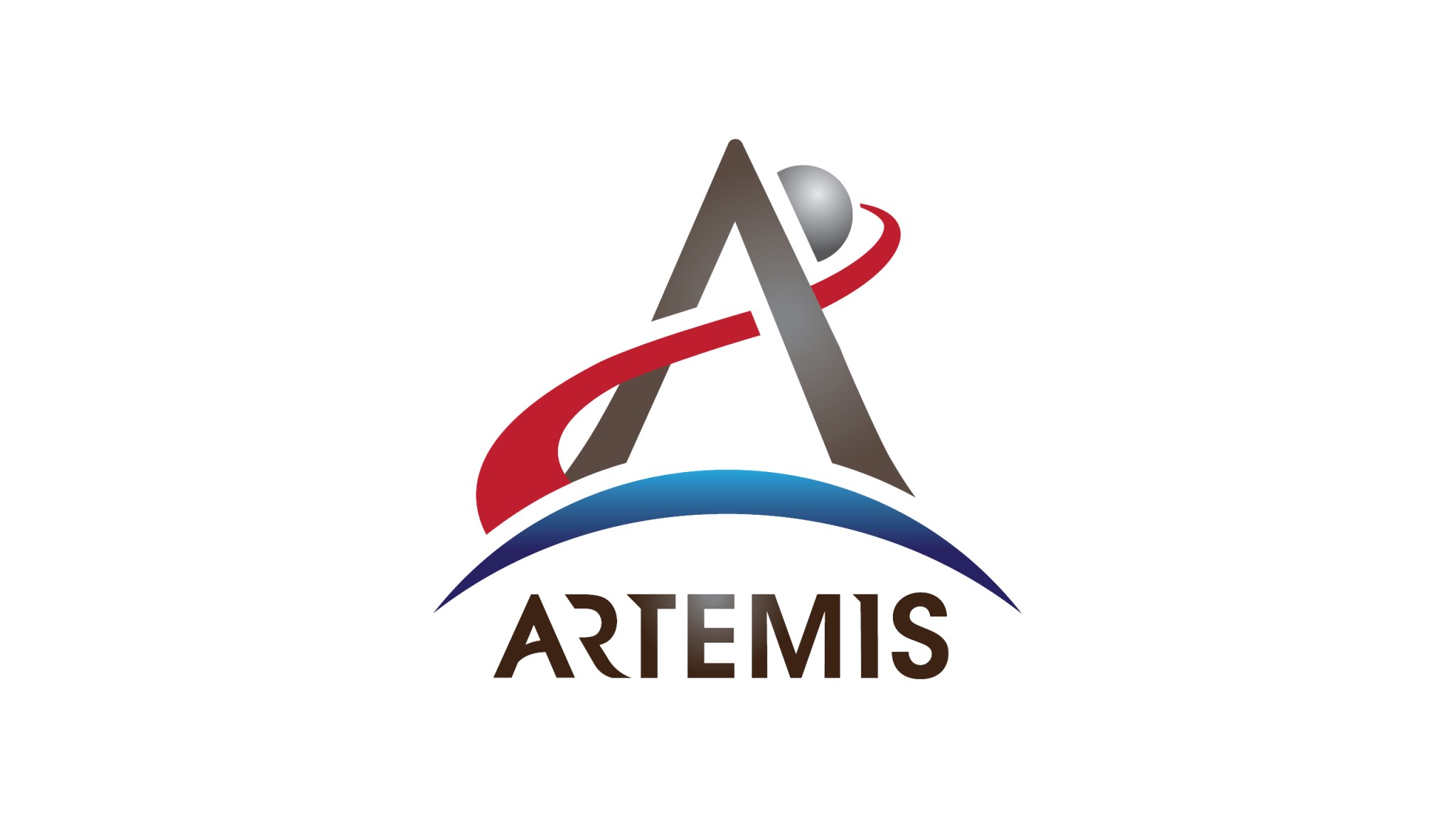Artemis I marks the start of a new era of space exploration back to the Moon and beyond to Mars – and NASA’s Ames Research Center in California’s Silicon Valley has helped the agency pave the path to achieve liftoff.
This first mission as part of Artemis will be uncrewed, proving the capabilities of the Space Launch System (SLS) and Orion spacecraft while carrying a host of payloads for technology demonstrations and scientific discovery in cislunar space and beyond.
Ames has made contributions across several parts of Artemis. Ames’ unique facilities and deep scientific expertise allow us to do the forward-thinking research and collaboration to make Artemis a reality.
Space Launch System
In this uncrewed mission, the SLS will launch from NASA’s Kennedy Space Center in Florida carrying the Orion spacecraft, which will travel about 40,000 miles beyond the Moon and return to Earth, paving the path for future human explorers to follow. Ames used longstanding and modern techniques to help ensure the SLS will be ready for liftoff.
Breaking free from Earth’s gravity requires high velocities that create fierce winds for a spacecraft leaving the planet, and any rocket preparing to make the journey must be tested in these conditions prior to launch. This environment has been replicated at Ames from the dawn of the space age using wind tunnels – large tunnels with air inside to replicate objects moving in flight. Ames is home to the largest wind tunnel in the world, and a host of other testing facilities.
For the SLS, the Unitary Plan Wind Tunnel, 11 by 11 feet in size, was used alongside novel testing technologies like pressure sensitive paint. This unique paint allows engineers to see the distribution of pressure on a spacecraft created by the high winds of liftoff in ways that were not previously possible.
Several different Ames teams also supported testing for the SLS, including the Mission and Fault Management, Engineering Risk Assessment, and Computational Fluid Dynamics teams. Ames’ state of the art supercomputing facilities also enabled aerodynamics to be modelled digitally, allowing simulations of the SLS’s launch to discover any potential problems long before countdown, while saving on time, resources, and taxpayer dollars by going digital.
The Human-Computer Interaction (HCI) group at Ames has also leveraged a decade of work developing digital tools for mission operations to support Artemis. These integrated data systems ensure essential information can be quickly accessed at critical moments during a launch, and several of these systems will be used when the SLS rocket launches Artemis I.
Orion Crew Module
The Orion crew module’s descent back home requires a trip through Earth’s atmosphere, where temperatures can rise to levels half as hot as the surface of the Sun. Ames’ Arc Jet Complex can simulate this environment and is where the heat shield that protects the crew module was tested.
To withstand those extreme temperatures, the heat shield’s external layer is composed of a material called Avcoat. During descent, the Avcoat ablates, or burns off in a controlled fashion, transporting heat away from Orion. The material has been extensively tested at Ames’ Arc Jet Complex in preparation for Artemis I.
To monitor Orion’s thermal protection system, engineers and technicians at Ames worked with other NASA centers to design, develop, and fabricate flight instrumentation sensors for the heat shield and backshell of the capsule.
Researchers also used simulation models to predict the launch and entry environments for the capsule. Simulations were also used to provide critical support testing of Orion’s launch abort system, mounted on top of the crew module, for use in an emergency evacuation. Scaled models of Orion were also tested at the wind tunnels at Ames to understand the launch environment and its impact on the capsule.
Ames’ System Safety and Mission Assurance Division has worked to provide quality assurance for the work done on Orion both by NASA and its suppliers and partners. They have also provided workmanship support for heat shield development throughout Artemis.
Bringing Science to the Moon
Along with the Orion crew module, SLS will carry ten small satellites, called CubeSats, many carrying experiments and projects supported by Ames.
The BioSentinel mission will take terrestrial life further than it’s ever gone before – bringing samples of yeast into deep space to study the impact of space radiation. BioSentinel will be the first CubeSat to test biology in deep space.
The solar array used to power the CubeSat was built by the small business MMA Design, LLC, using funding from Ames’ Small Business Innovation Research and Small Business Technology Transfer programs. Mission operations will be conducted in the Multi Mission Operations Center at Ames. Ames’ System Safety and Mission Assurance Division has supported the BioSentinel project providing mission, quality, and software assurance as well as system safety. Once BioSentinel is in operation, they will provide mission operations assurance as well.
The LunaH-Map mission will take a CubeSat to the Moon’s orbit to map the hydrogen enrichments within the permanently shadowed regions of the lunar South Pole. Hydrogen is an important element to map because it could be used to fuel future landers and rockets. This planetary mission will map concentrations of hydrogen on the Moon with a resolution two-times better than previous missions. It’s a new type of planetary mission, using a new type of compact neutron spectrometer to look for hydrogen flying on a fully functional interplanetary spacecraft about the size of a shoebox. The spacecraft will use a low-altitude, elliptical orbit that at times will bring it about six miles above the lunar surface.
NASA has awarded three teams the opportunity to launch their small satellite projects, carrying propulsion, navigation, and communication experiments, on Artemis I through the CubeQuest challenge, managed by Ames.
Looking forward, Artemis III will carry human explorers to the Moon’s South Pole. To prepare for this historic return, Ames’ VIPER rover will travel to that region beforehand in 2024 through NASA’s CLPS program aboard the Astrobotic lunar lander, mapping out the region and learning more about the lunar resources there.
Through Artemis missions, NASA will land the first woman and the first person of color on the Moon, paving the way for a long-term lunar presence and serving as a steppingstone to send astronauts to Mars.
Learn more:
For news media:
Members of the news media interested in covering this topic should reach out to the NASA Ames newsroom.

























